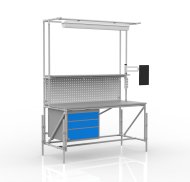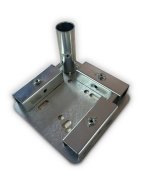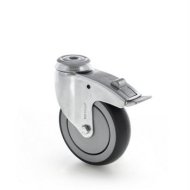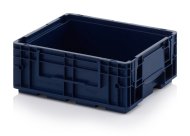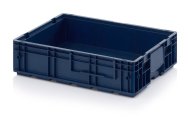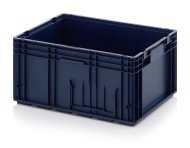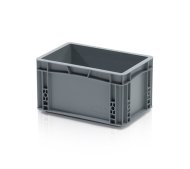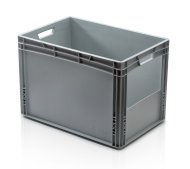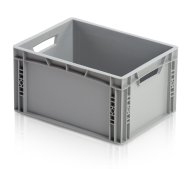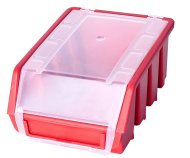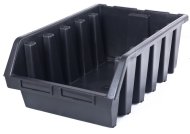Code: 22112841
Height adjustable table 22112841955.60 Eur without VAT
(1 156.28 Eur with VAT)
Height-adjustable table from a tubular modular system. The table includes a laminate board with a thickness of 18 mm, a workshop container, a perforated panel for hanging boxes or tools and lighting. The height of the work surface is adjustable in the range of 650 – 950 mm. Load capacity with a uniform load of 150 kg. Table dimensions 2100 x 1500 x 700 mm.
